When it comes to safeguarding electronic devices and equipment from environmental factors, ingress protection (IP) certification stands as a critical benchmark. This certification assesses how well an enclosure can resist dust and water, offering reassurance that your equipment will perform reliably in various conditions. However, as with any standard, IP certification has its limitations. In this blog post, we’ll explore these limitations, providing a clearer picture of what IP certification can and cannot do for your equipment.
What Is Ingress Protection Certification?
Ingress Protection certification is defined by the international standard IEC 60529. It uses a two-digit code to indicate the level of protection an enclosure provides against the ingress of solid objects and liquids. The first digit represents protection against solid particles, while the second digit denotes protection against liquids.
For example, an IP65 rating means the enclosure is dust-tight (6) and protected against water jets (5). While this code provides valuable information about the equipment’s resistance to environmental factors, it’s essential to understand that it’s not a catch-all solution.
Limitations of Ingress Protection Certification
- Limited Scope of Testing Conditions
One of the primary limitations of IP certification is that it only tests under specific conditions. For instance, the water resistance test typically involves water spraying from all directions at a set pressure. This doesn’t account for extreme conditions like high-pressure water jets or prolonged submersion, which could impact the equipment’s performance in real-world scenarios.
Tip: When selecting equipment based on IP rating, consider the specific environmental conditions it will face. If extreme conditions are a concern, additional testing or protection measures may be necessary.
- No Guarantee Against All Environmental Factors
IP ratings do not cover every possible environmental hazard. They primarily focus on dust and water but do not address factors such as extreme temperatures, chemical exposure, or UV radiation. For instance, an enclosure with an IP68 rating might be perfectly sealed against dust and temporary immersion in water but may still suffer from damage if exposed to harsh chemicals.
Example: A device rated IP67 may perform well in rain or dust storms but could fail if used in an environment with high chemical exposure.
- Impact of Aging and Wear
Over time, the effectiveness of an IP-rated enclosure can diminish due to factors such as wear and tear, aging materials, and environmental degradation. An IP rating is a snapshot of the device’s performance at the time of testing, not a lifetime guarantee.
Tip: Regular maintenance and inspections are crucial to ensure that your equipment continues to meet the required protection standards as it ages.
- Not a Complete Indicator of Durability
IP certification focuses on ingress protection but does not account for the overall durability or robustness of the equipment. For example, an enclosure might have an excellent IP rating but could still be prone to mechanical damage or internal component failure under certain conditions.
Example: A device with a high IP rating may still be vulnerable to impact damage or vibrations, which are not covered by the IP standard.
Practical Tips for Choosing the Right Equipment
Evaluate Your Environment: Assess the specific environmental conditions where your equipment will be used, including potential exposure to chemicals, extreme temperatures, and physical impacts.
Consider Additional Protection: In addition to IP ratings, look for equipment with additional protective features such as shock resistance, chemical resistance, and temperature control.
Regular Maintenance: Implement a maintenance schedule to check and replace any worn or degraded parts to ensure ongoing protection.
Consult Experts: Work with professionals to determine the best protection measures for your specific needs and ensure that your equipment meets all necessary standards.
Ingress Protection certification is a valuable tool for understanding how well equipment can handle dust and water exposure. However, it’s essential to recognize its limitations and not rely solely on IP ratings to assess equipment durability. By considering additional factors and maintaining regular inspections, you can ensure that your equipment performs reliably in various environments.


